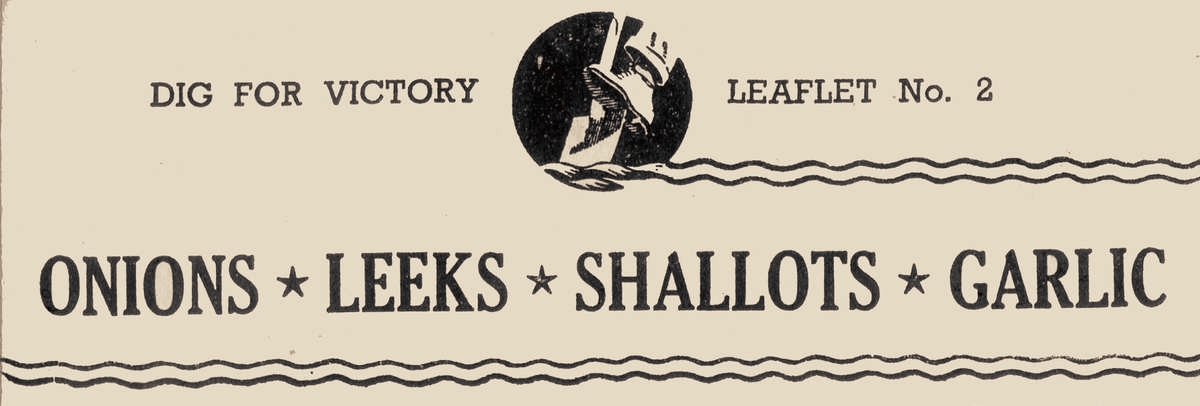
Manuring
Farmyard, stable or pigsty manure should be dug in during the autumn or early winter. Nitrogenous artificial fertilizers, such as nitrate of soda or sulphate of ammonia, are rather risky to use as top dressings, tending to force the crop unduly.
Both sulphate of potash and super-phosphate are, however, valuable and a mixed fertilizer containing these ingredients should be worked into the soil before sowing. If a mixture containing potash is not available, wood ashes may be used at the rate of 7-8 handfuls per sq. yard. Old soot, applied during the growing season, provides a valuable top dressing to stimulate growth.
The principle benefit of soot was to darken the soil so it absorbed more sunlight and warmed up better in the spring. It’s use remained common until natural gas replaced ‘King Coal’ as the popular heating fuel and chimney soot was no longer easily available.
There are some concerns about using coal chimney soot as it may contain noxious substances but my grandfather swore it was the sovereign material to add to the onion bed for bumper crops.
Another tip from old gardening books is to apply salt at a rate of 2 oz. Per square yard as well as soot to the onion bed. Having tried this, the results were excellent and the crop one of the best I’ve ever had.
Raising Plants
Onion plants for planting out in April are raised by sowing seed in boxes under glass in mid-January. A temperature of 55-60 degrees F. is required. If sown very thinly, pricking off may be dispensed with.
Keep the plants near the glass and harden off gradually. Plant out in rows 1 ft. apart with 6 in. between the plants.
The variety Ailsa Craig is especially suited to this form of culture, but most of the White Spanish varieties may also be used.
Autumn-sown Varieties
For this crop, sow the seed during August, using varieties of the White Spanish type or those specially recommended. In the north, the sowing should be in the first week of August, but the third week is early enough in the south. Sow on firm soil and fairly thickly.
Give protection to the plants during severe weather and transplant them on to the prepared onion bed in early March. Plant in rows 1 ft. apart with about 6 in. between the plants. By this method, large, firm onions that keep well are grown, but the size may be reduced by planting closer. A few will always bolt to seed ; these should be pulled out.
Cultivation
Weeds are the principal source of trouble, and every effort must be made to control them if the crop is to succeed. Hoe the onion bed frequently to prevent weed growth.
Hoe as shallow as possible so that the ground is kept firm, and use great care to avoid nicking the developing plants with the hoe. Carefully hand-weed the rows of plants before the weeds gain any size.
This is best done when the soil is moist. Thin the plants to suitable distances according to the size of onion desired. It is best to thin two or three times as growth proceeds.
On fairly rich soil from 6 to 8 plants per foot run may be left, and these will develop onions of useful size. If larger onions are desired, thin to a minimum of 4 in. apart.
The thinnings may be transplanted if more onions are desired or, if large enough, used as spring salad onions.
Do not leave the thinnings too late and avoid thinning the plants in dry weather; it is best done after a good shower. After the final thinning a dressing of old soot broadcast over the bed will provide a useful stimulant and assist in keeping the onion fly away.


